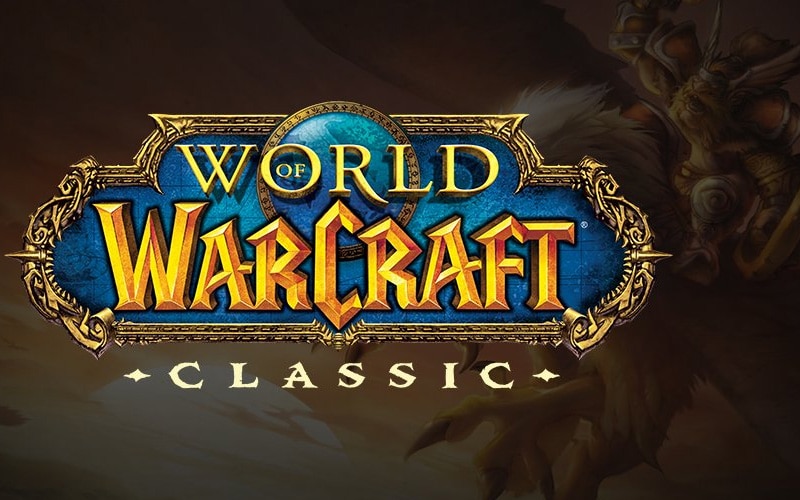
World of Warcraft Classic is a 2019 recreation of the original World of Warcraft. Millions of fans were delighted with the relaunch of the beloved game and immediately switched to the opened servers.
Even people who have been playing so-called modern Warcraft for many years have abandoned their developed characters and started from scratch in Warcraft Classic. Those who regretted spending time building a character from scratch turned to wow power leveling services. These services are designed for those players who don’t want to spend time going through boring missions or upgrading from the very beginning. Professional players from boosting companies can do all this for them. This service is also very popular if, for example, you have been playing for the Horde all the time, but you suddenly want to play for the Alliance and, again, do not really want to start development from scratch. This is absolutely legal and safe service if you use proven and reliable companies. Professional players execute orders quickly, and efficiently, and the support service can answer any of your questions 24/7.

Among all the pre-release events, the invasion of zombies in 2008 stands apart and has remained in the memory of veterans of the game as one of the most memorable. Why? Because there was no such mess that was going on on the servers then, neither before nor after. The massive infection of players led to the fact that all social life in the capitals stopped and the cities themselves turned into cemeteries. In general, it was the craziest and most fun that Blizzard could come up with in the entire history of the project.
Where did the idea of the event come from
They did not invent the virtual plague. They simply reproduced the epidemic that broke out in the vastness of Azeroth after the release of the raid instance Zul’Gurub in October 2005 due to a bug (some people joke that it was eerily to COVID-2019). The hunters’ pets took out the “Tainted Blood” debuff outside the raid, which infected players and NPCs, including animals. The Low-level died from this quickly, and the high-level lived under the debuff longer, but it affected the gameplay greatly. The behavior of the players was also curious. Someone especially infected others, and someone warned that the area was infected. In the end, the bug was fixed and the epidemic was defeated. And in 2008, the developers decided to reproduce a virtual pandemic.
The first phase
Strange boxes appeared in the Pirate Bay, around which there was green smoke. If a player touched them, he received a debuff that could be removed within ten minutes. If this did not happen, then the player turned into a zombie and received special skills, for example, to explode to infect everyone around with the plague.
Since the boxes were in the Pirate Bay, the rate of spread of the plague was not very high. It was necessary to get to the capital because there were people who could quickly remove the debuff. And if the debuff was not removed, then the character turned into a zombie and had time to be trampled before it exploded and infected everyone around. In general, the first phase of the invasion passed quite calmly, and even though there were enough skeletons in the capitals, there was still no sense of the apocalypse.
The second phase
The plague pandemic reached its peak as the rate of its spread quickened. A gray shadow in a Storm, mountains of bones at auction and on the streets of cities, shouts of “Dispel!” and “WTF is going on?”. Yes, the classics are played by people who were not aware of what was happening. In general, the most fun part of the zombie invasion has begun. The most fun, because the quests to destroy zombies and spirits in Azeroth were no longer very interesting.
Reasons for event failure
The phase of total infection ended after two days. After that, neither zombies nor piles of skeletons were visible on the server, although the boxes with the infection were in place. Either this was intended, or the players were sick of complaining on the forum, but the most fun pre-release festival took about a week, and there were still two more before the release of the add-on.
After all, the main reason for the failure of the event was not in the event itself, but in the fact that WoW is played by those who prefer “amusement parks” rather than “sandboxes”. “Amusement Park” is when the player is offered simple and clear gameplay and goals. There is no special freedom of choice of goals, and the tools for achieving tasks are limited most often by the mechanics of the game class or gameplay. In sandboxes, the player has more freedom in choosing goals and means to achieve them.

“Parks” are simpler, there is no need to invent goals for yourself. The game leads you by the handle and for a person who decided to relax in the evening, this is the very thing. So the thing is that the invasion of zombies in WoW broke the patterns of behavior that players are used to in Azeroth. The flight controller has died, and gamers have to wait five minutes for it to be reborn. If you’re a zombie, now you have two minutes to run from the cemetery. Players began to argue and cancel their subscriptions. After all, the problem with zombies could be solved simply by self-organization and actions not according to a template. For example, to block access to the auction and remove the infection from those who brought it. But for these actions game doesn’t give experience or gold, and you need to communicate more with people. This is more difficult than logging out and going to whine on the forum so that the developers turn off the “annoying event”. At the same time, other players on the forums angrily asked “why was this cool event removed” – that is, you can’t please everyone.
Maybe that’s why the reaction to the zombie invasion was not very joyful, such experiments as the Timeless Island did not particularly take root and were not repeated. The audience does not want zombie apocalypses, but a simple and understandable game, without surprises. Maybe that’s why WoW is more of a PvE game because PvP is just about extraordinary decisions coming from human psychology, and not the work of scripts.







